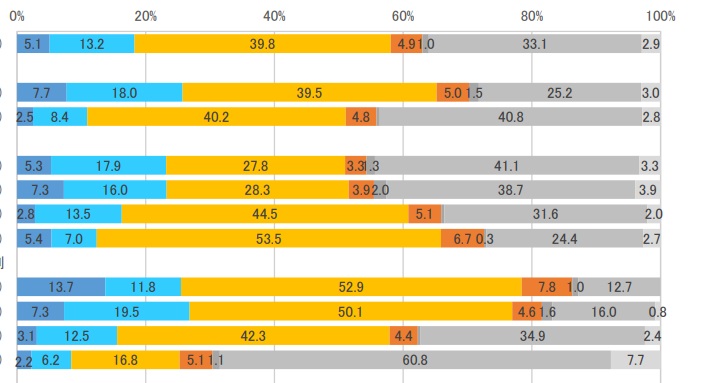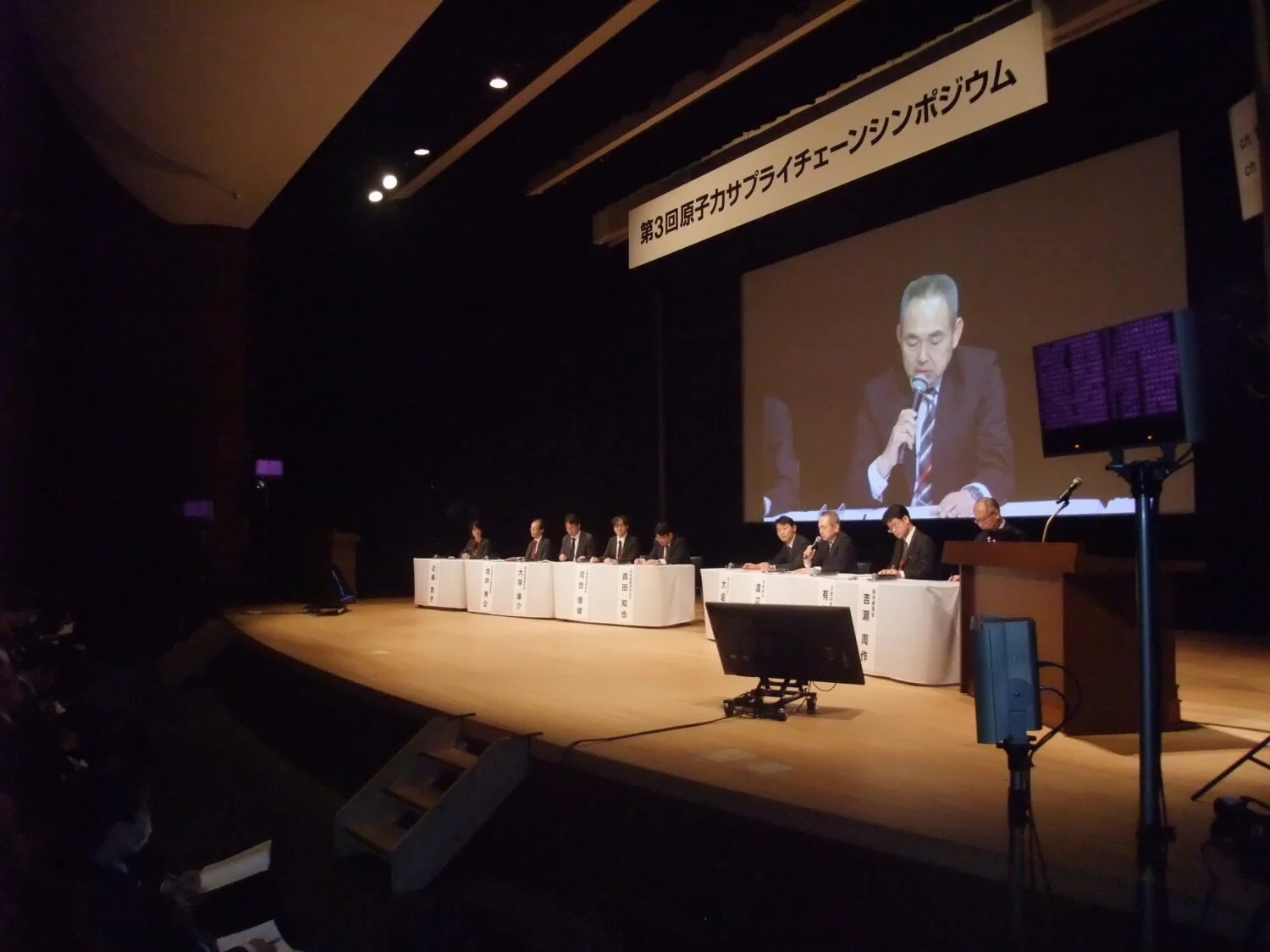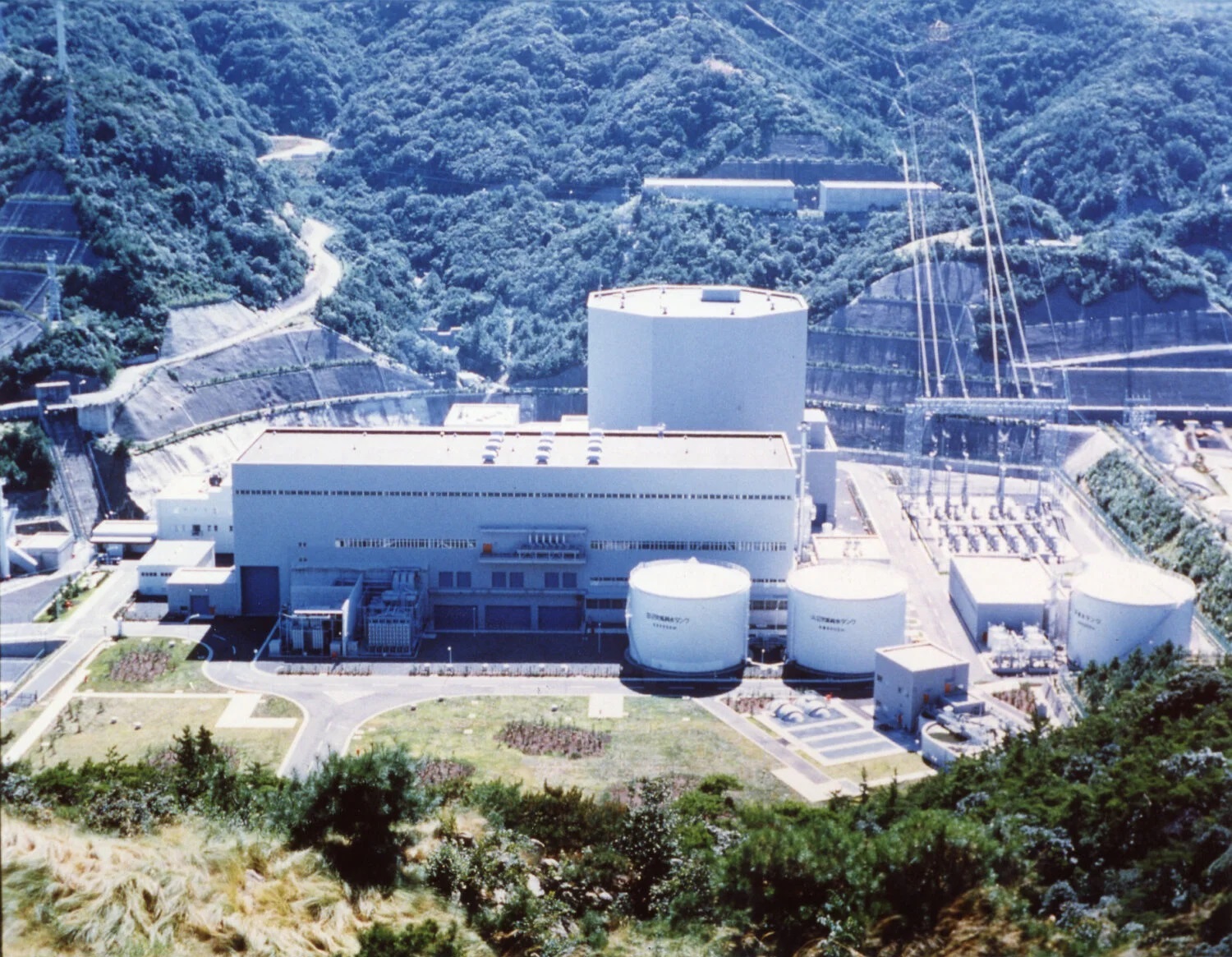On April 25, MASUKO Hiroshi, senior deputy minister of Japan’s Ministry of Education, Culture, Sports, Science and Technology (MEXT) met with Jill HRUBY, secretary for nuclear security of the U.S. Department of Energy (DOE) and administrator of its National Nuclear Security Administration (NNSA), in Tokyo, and both officials agreed that the two countries would further their cooperation under the Proliferation Resistance Optimization (Pro-X) program launched by the NNSA in 2019.
Currently, emerging nuclear countries, primarily in Asia, are moving forward with the use of radioisotopes and radiation in medicine, agriculture and environmental protection, and are expected to proceed to the development of nuclear power in the future. The U.S.-Japan agreement, together with the new research reactor at the Monju site, includes increasing proliferation resistance at nuclear research reactors in such emerging nuclear nations as well.
The new research reactor at the site of Monju—which is currently being decommissioned—will be a neutron beam reactor capable of irradiation at 10MWt. In December 2022, the Japan Atomic Energy Agency (JAEA) was selected as the main implementing body for the detailed design stage. The Agency has been working on a design in cooperation with Kyoto University and the University of Fukui.
Neutron irradiation has shown promising results in industrial applications at JRR-3, JAEA’s research reactor, and at the Japan Proton Accelerator Research Complex (J-PARC), both operating in Tokai Village in Ibaraki Prefecture. At the same time, operation of the Kyoto University Research Reactor (KUR) is slated to end by 2026.
Accordingly, the new research reactor at the Monju site is intended to be the core base in western Japan for such efforts in the future. In November 2023, JAEA selected Mitsubishi Heavy Industries (MHI) as the core company to implement designing, production and installation, and concluded a basic contract. By the end of the current fiscal year (i.e., March 31, 2025), the estimated timing will be shown for the filing of an official application for permission to install a reactor.
An expert MEXT working group is addressing the R&D for the new reactor, as well as human resource (HR) development and industrial uses. At a meeting on April 18, a draft roadmap was presented toward the formation of a base for the study of nuclear energy and HR development toward the new research reactor’s start of operation. The main points of discussion are the establishment of a system to promote the use and development of multifunctional bases and the strengthening of functions to develop HR.
With a new working group to be established, discussions will be deepened toward the formation of bases for the study of nuclear energy and HR development in the Tsuruga area.





-1.png)















